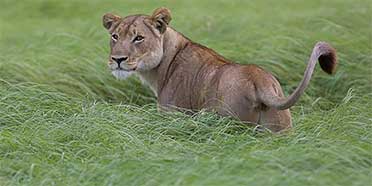
Safari Tours to Kafue NP
-
![11-Day Best of Zambia's Wildlife Safari]()
11-Day Best of Zambia's Wildlife Safari
$12,899 to $16,099 pp (USD)
Zambia & Eswatini: Private tourLuxuryTented Camp & Bush Camp
You Visit: Lusaka (Start), South Luangwa NP, Kafue NP, Lusaka (End)

Wayfairer Travel
4.8/5 – 184 Reviews
-
![6-Day Budget Camping Safari Through Kafue National Park]()
6-Day Budget Camping Safari Through Kafue National Park
$1,189 to $1,265 pp (USD)
Zambia: Shared tour (max 10 people per vehicle)BudgetCamping
You Visit: Lusaka (Start), Kafue NP, Livingstone (End)

Adventure Purists
4.8/5 – 15 Reviews
-

9-Day Ultimate Zambian Safari
$6,446 to $9,818 pp (USD)
Zambia: Private tourLuxuryLodge & Tented Camp
You Visit: Livingstone (Start), Kafue NP, Lower Zambezi NP, South Luangwa NP, Lusaka Airport (End)

Off2Africa Travel
5.0/5 – 145 Reviews

 Zambia Parks
Zambia Parks













